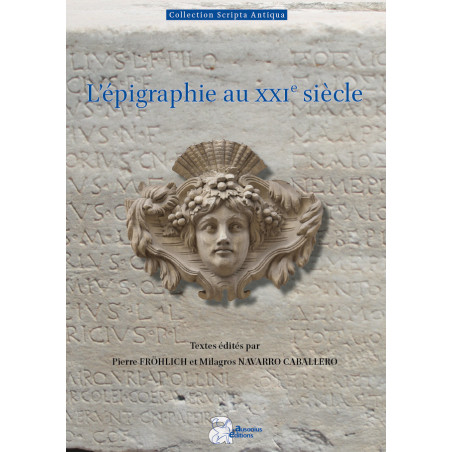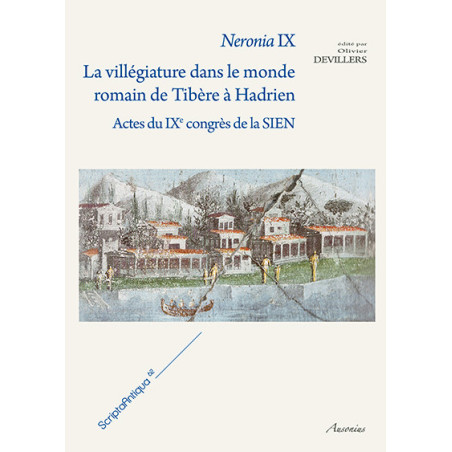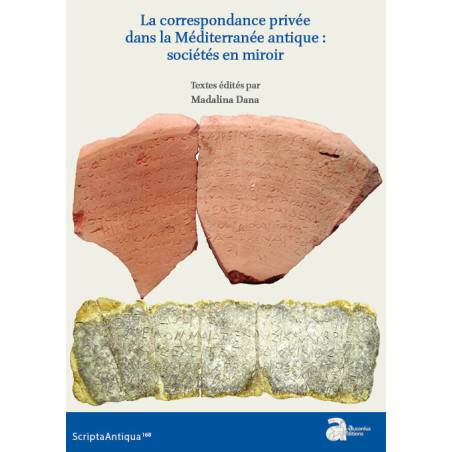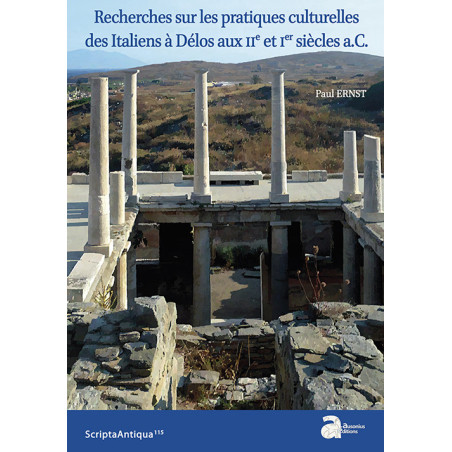Scripta Antiqua 30
L'été indien de la religion civique : études sur les cultes civiques dans le monde égéen à l'époque hellénistique tardive
What is civic religion? What are the characteristics of civic cults?
The response to these questions may be discovered in classical Athens although there is little existing evidence from other cities during this period. However, contrary to widespread misconception, it seems that civic cults were still very much active during the Hellenistic Age with sacred laws becoming more and more numerous in the Aegean world. In fact, it is in the late Hellenistic period, when cities were at risk of disappearing into the Roman Empire, that we learn the most from inscriptions on the subject. These texts provide details on many aspects of civic cults (including rituals, the city’s involvement in their organisation, benefactors’ intervention, financing), as well as helping in the understanding of the ideological issues behind the restorations. At this time, not only Athens which was prosperous again due to its alliance with the Romans but also many other Aegean cities were restoring or “amplifying” their “ancestral cults” in order to reassert their identities and ensure their cohesion. If they did not have the financial means to achieve this ambition then they found private financing whilst still ensuring that they maintained control of the cult which they considered their own. It therefore appears that the Late Hellenistic period does not represent a decline in both the cities and the practice of civic cults, but instead an Indian summer for civic religion in the whole Aegean world.
On the same subject
Scripta Antiqua 62
Neronia IX. La villégiature dans le monde romain de Tibère à Hadrien. Actes du IXe congrès de la SIEN
Publication date :01/05/2014
Scripta Antiqua 168
La correspondance privée dans la Méditerranée antique : sociétés en miroir
Publication date :10/05/2023
Scripta Antiqua 115
Recherches sur les pratiques culturelles des Italiens à Délos aux IIe et Ier siècles a.C.
Publication date :01/01/2018





